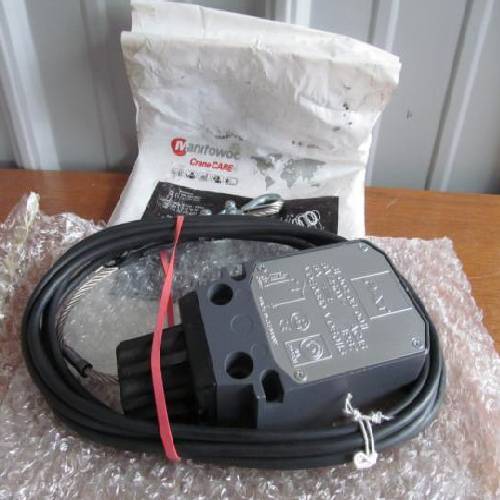


Enhancing Crane Safety with the PAT Anti Two-Block Switch
Crane operations are pivotal across a multitude of industries, facilitating heavy lifting and construction tasks. However, the intricate nature of crane operations demands stringent safety measures to prevent accidents and ensure the well-being of workers and the integrity of assets. Among the critical safety mechanisms, the PAT Anti Two-Block (ATB) switch stands out as a crucial component in modern crane safety protocols, offering a range of benefits that enhance operational efficiency and minimize risks.
The Anti Two-Block switch is designed to prevent one of the most hazardous situations in crane operations – the two-blocking scenario. This occurs when the crane's lifting hook or block contacts the boom tip, leading to potential damage to equipment, load instability, or even catastrophic accidents. The PAT ATB switch functions by interrupting the hoisting process automatically when it detects the proximity of the hook to the boom tip, thereby preventing the two-blocking occurrence.
One of the primary benefits of the PAT Anti Two-Block switch is its contribution to accident prevention. By halting hoisting operations before a two-blocking situation arises, it mitigates the risk of equipment damage, load instability, and crane collapses. This not only safeguards the equipment itself but also protects the surrounding infrastructure and, most importantly, the personnel involved in crane operations. Such proactive safety measures significantly reduce the likelihood of accidents, enhancing overall workplace safety standards.
Moreover, the implementation of the PAT ATB switch leads to increased operational efficiency. By averting two-blocking incidents, crane downtime due to repairs and maintenance is minimized. This translates to uninterrupted workflow and enhanced productivity, crucial factors in industries where time is of the essence. Additionally, the switch's automatic functionality ensures swift response times, mitigating risks in real-time without requiring manual intervention, thus streamlining crane operations.
Furthermore, the PAT Anti Two-Block switch offers versatility and adaptability across various crane types and configurations. Whether utilized in mobile cranes, tower cranes, or overhead cranes, the switch can be seamlessly integrated into existing systems or incorporated into new crane designs. Its compatibility with different crane models underscores its universal applicability, making it a valuable asset across diverse industrial settings.
In addition to its immediate safety benefits, the PAT ATB switch also contributes to long-term cost savings. By preventing two-blocking incidents, crane operators avoid costly repairs, replacements, and potential legal liabilities resulting from accidents. Moreover, the enhanced operational efficiency translates into optimized resource utilization and reduced downtime, leading to improved profitability over time. Investing in crane safety mechanisms such as the PAT Anti Two-Block switch is not only a prudent decision from a safety standpoint but also a sound financial investment for businesses.
In conclusion, the PAT Anti Two-Block switch represents a cornerstone of modern crane safety measures, offering a multitude of benefits that extend beyond accident prevention. Its ability to enhance operational efficiency, adaptability across crane types, and long-term cost savings make it an indispensable component of crane safety protocols. By integrating the PAT ATB switch into crane operations, industries can uphold the highest safety standards while optimizing productivity and safeguarding personnel and assets against potential risks.


